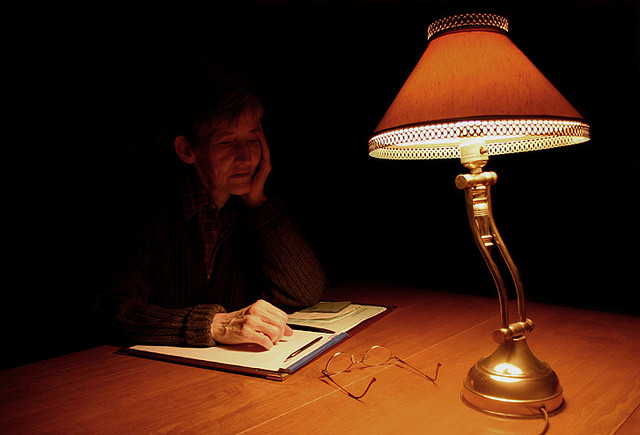Female Novelist Learns How Far a Male Pen Name Can Take Her
Answer: very.

There is a gender bias in the publishing industry. Women’s writing often gets talked about differently, reviewed differently (if at all), and the content judged differently than writing by men. Of course, publishing is only one industry in which unconscious bias about names based on gender or race exists, and there have been studies done to explore this in other industries. In the case of publishing, a female novelist by the name of Catherine Nichols decided to try an experiment.
For those unfamiliar with the process, generally publishing houses don’t accept unsolicited manuscripts, which means that the first thing a writer needs to do is get an agent interested in their work, and that agent then shops the manuscript around to publishers. Nichols was about to begin shopping around the manuscript for her second novel after the one for her first novel not only didn’t go anywhere, but the criticism she was getting seemed hugely at odds with what she was trying to accomplish and left her unable to write for a while. After reading countless articles about unconscious bias, she created a male persona for herself (whom she calls “George Leyer” in this piece, though that’s not the name she actually used), submit her work to agents under his name, and wrote about her experiment for Jezebel.
She writes:
So, on a dim Saturday morning, I copy-pasted my cover letter and the opening pages of my novel from my regular e-mail into George’s account. I put in the address of one of the agents I’d intended to query under my own name. I didn’t expect to hear back for a few weeks, if at all. It would only be a few queries and then I’d close out my experiment. I began preparing another query, checking the submission requirements on the agency web site. When I clicked back, there was already a new message, the first one in the empty inbox. Mr. Leyer. Delighted. Excited. Please send the manuscript.
She then explains what had happened previously when she sent the same query and manuscript pages under her own name:
I sent the six queries I had planned to send that day. Within 24 hours George had five responses—three manuscript requests and two warm rejections praising his exciting project. For contrast, under my own name, the same letter and pages sent 50 times had netted me a total of two manuscript requests. The responses gave me a little frisson of delight at being called “Mr.” and then I got mad. Three manuscript requests on a Saturday, not even during business hours! The judgments about my work that had seemed as solid as the walls of my house had turned out to be meaningless. My novel wasn’t the problem, it was me—Catherine.
I wanted to know more of how the Georges of the world live, so I sent more. Total data: George sent out 50 queries, and had his manuscript requested 17 times. He is eight and a half times better than me at writing the same book. Fully a third of the agents who saw his query wanted to see more, where my numbers never did shift from one in 25.
Nichols then explains that, while of course rejection is par for the course for a writer (or anyone in an arts field), because opinions about art are subjective, the criticism (or silence) she was getting started making her second-guess her work. She was dismayed by the fact that agents talked about her “beautiful writing,” which is basically like admiring the paint job on a car you hate. Naturally, this had an effect on how she saw her writing.
Yet, Nichols also explains that the rejections she received as George were more empowering and encouraging than those she received as herself. Sometimes, she’d overlap her submissions and send the same agent the same submission as herself and as George. Whereas people saw Nichols’ work as lyrical and her characters as feisty, they saw George’s work as clever, well-constructed, and exciting. THIS WAS FOR THE SAME EXACT BOOK.
You can check out Nichols’ full essay over at Jezebel. After her personal experiment, Nichols is concerned about the long-term effects of unconscious bias on not only female writers, but on writers of color; the worry being that criticism given through the lens of gender/race-based bias might stifle those writers early in their careers, preventing their work from maturing before it even has a chance to grow. And then people will wonder “why aren’t there more women or writers of color out there?” and assume that they just aren’t interested or writing, when the truth is they were shooed away from the gates before they had a chance to prove themselves.
Here’s hoping that awareness of this unconscious bias will allow people to become more conscious about the way they hire, and the ways in which they interact with others.
(Image via re_birf on Flickr)
—Please make note of The Mary Sue’s general comment policy.—
Do you follow The Mary Sue on Twitter, Facebook, Tumblr, Pinterest, & Google +?
Have a tip we should know? [email protected]